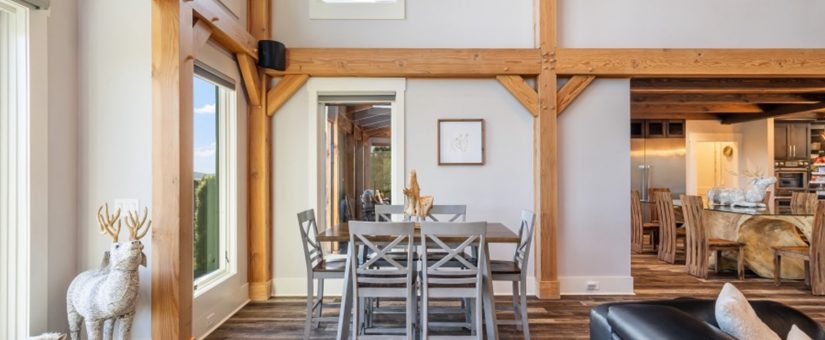
Are Log Homes Energy Efficient? Discover the Unrivaled Energy-Saving Power
- On July 15, 2024
Why Choose Log Homes for Energy Efficiency?
Log homes have long captivated homeowners with their rustic charm and exceptional durability. Beyond aesthetics, there is one critical question that prospective homeowners often ask: are log homes energy efficient? With the advancement in building materials and techniques, timber homes now offer remarkable energy efficiency that traditional stick-built or conventional homes often struggle to match.
The Science Behind Log Home Energy Efficiency
- Thermal Mass and Log Walls
One of the primary reasons log homes excel in energy efficiency is due to their thermal mass. The solid log walls store heat during the day and release it at night, creating a natural insulation barrier that minimizes heat flow. This unique property helps in maintaining consistent indoor temperatures, regardless of external climates.
- R-Value Considerations
Although log homes may have a lower R-value compared to conventional stick-built homes with drywall, their overall energy performance often exceeds expectations. The department of energy explains that the thermal mass of solid wood significantly enhances a home’s ability to maintain temperature, reducing energy consumption.
Building Codes and Log Home Construction
- Compliance and Certification
Modern log cabin builders adhere to strict building codes to ensure their structures meet or exceed national standards for energy efficiency. Organizations like the National Association of Home Builders and the National Bureau of Standards continually update guidelines that make log homes more sustainable. Many log home builders are also incorporating Energy Star-rated components to further enhance efficiency.
Common Misconceptions About Log Home Energy Efficiency
- Air Infiltration and Caulking
A common myth is that log homes suffer from significant air leaks due to gaps in construction. However, advanced caulking techniques and high-quality chinking materials seal any potential air infiltration points. Builders meticulously inspect on-site construction to ensure that each log fits snugly, preventing drafts that could compromise the home’s thermal resistance.
- Comparing Log Homes with Stick-Built Homes
While traditional stud wall systems in conventional homes rely heavily on synthetic insulation materials, the solid wood of a log home provides a more sustainable solution for natural insulation. Notably, studies by the National Bureau of Standards affirm that properly built log houses can consume less energy compared to their stick-built counterparts.
Unique Advantages of Log Home Living
- Adaptability to Different Climates
Log home design offers adaptability across various climates, from cold mountainous regions where retaining heat is crucial to warmer areas where minimizing heat loss is essential. Exterior walls made from softwoods like pine naturally possess lower thermal conductivity, aiding in better insulation compared to standard building systems.
Log home living represents an optimal blend of sustainability, durability, and energy efficiency. Advances in construction practices ensure these rustic abodes are not just charming but also highly efficient in terms of energy consumption. For more information about building your dream log cabin or timber home, contact us at (800) 970-2224.

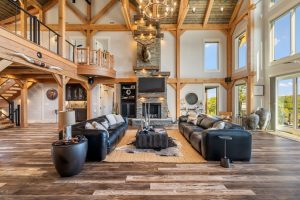
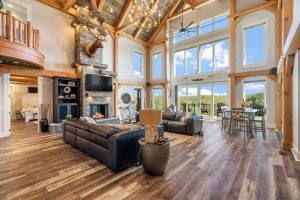
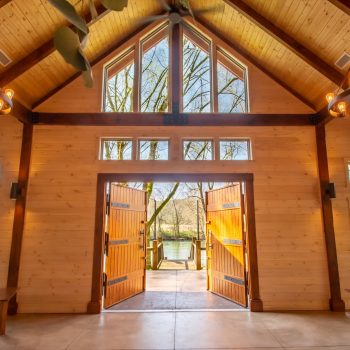
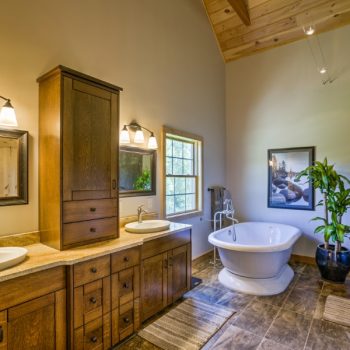
0 Comments